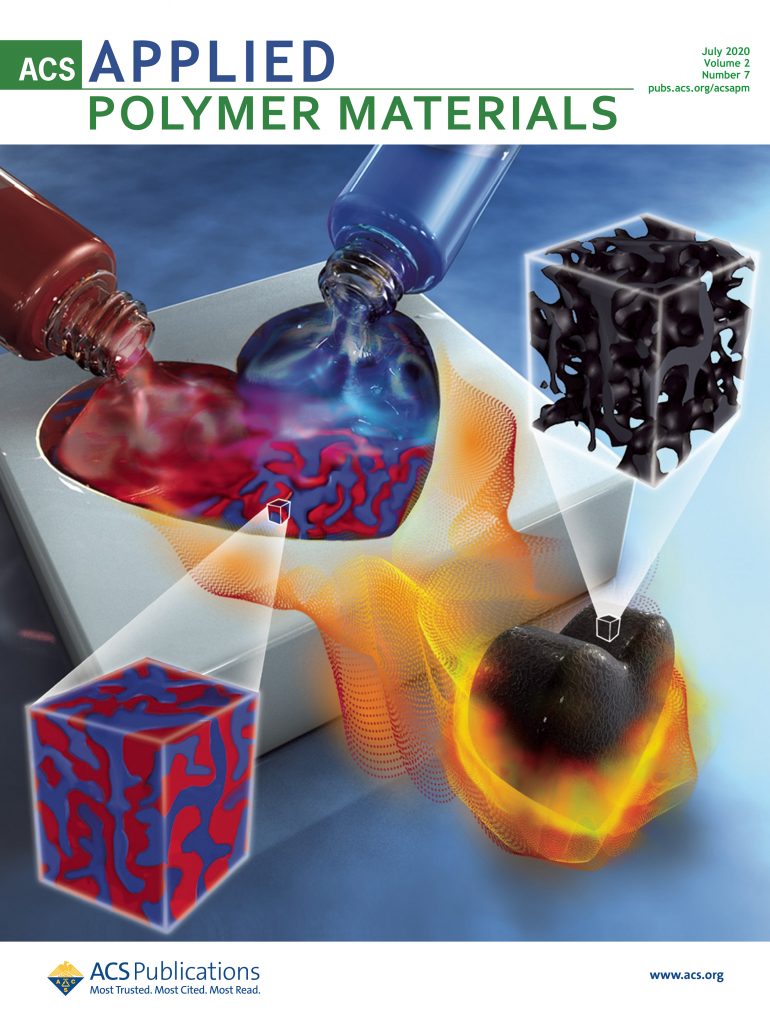地球工程的影响取决于平流层硫注入战略--第二部分:水文循环的变化如何取决于注入率和所用模型
IF 4.4
2区 化学
Q2 MATERIALS SCIENCE, MULTIDISCIPLINARY
引用次数: 0
摘要
摘要这是两篇论文中的第二篇,我们在这篇文章中研究了平流层硫注入对所用模型和注入策略影响的依赖性。在此,我们将第一部分(Laakso 等,2022 年)中描述的使用两种气溶胶模式(模态方案 M7 和截面方案 SALSA)模拟平流层气溶胶注入所产生的气溶胶光学特性一致地应用到 EC-Earth、MPI-ESM 和 CESM 地球系统模式(ESM)中,以模拟 2 到 100 Tg(S) yr-1 不同注入率对气候的影响。利用这三个 ESM 进行了两组模拟:(1) 回归模拟,即在工业化前的条件下应用二氧化碳浓度或平流层气溶胶的突然变化,以量化与温度无关的全球平均快速气候响应和对温度的准线性依赖;(2) 平衡模拟,即以不同量级的气溶胶注入的辐射强迫补偿二氧化碳增强的相应辐射强迫,以研究降水对注入量级的依赖。通过后者还可以探索区域气候响应。第 1 部分中 SALSA 和 M7 模拟的辐射强迫的巨大差异转化为 ESM 模拟中估计的地表温度和降水变化的巨大差异;例如,在 CESM 中使用 M7 模拟气溶胶的 20 Tg(S) yr-1 注入率仅导致 2.2 K 的全球平均降温,而 EC-Earth-SALSA 组合则产生了 5.2 K 的变化。在平衡模拟中,利用注入气溶胶来抵消大气中二氧化碳浓度为 500 ppm 时所产生的辐射强迫,与工业化前气候相比,全球平均降水量的减少因模型而异,从-0.7%到-2.4%不等。这些降水变化可以用平流层气溶胶和二氧化碳导致的辐射变化引起的快速降水响应来解释,因为全球平均快速降水响应与全球平均大气吸收量呈负相关。我们的研究表明,估计平流层气溶胶注入对气候的影响并不简单。这是因为硫酸盐层反射太阳辐射和吸收长波辐射的模拟能力对注入率以及用于模拟气溶胶场的气溶胶模型非常敏感。这些发现强调了精确模拟气溶胶微物理学以准确估计平流层硫干预对气候影响的必要性。这项研究还揭示了我们在对这些有争议的技术的理解方面仍然存在的差距和不确定性。本文章由计算机程序翻译,如有差异,请以英文原文为准。
Dependency of the impacts of geoengineering on the stratospheric sulfur injection strategy – Part 2: How changes in the hydrological cycle depend on the injection rate and model used
Abstract. This is the second of two papers in which we study the dependency of the impacts of stratospheric sulfur injections on the model and injection strategy used. Here, aerosol optical properties from simulated stratospheric aerosol injections using two aerosol models (modal scheme M7 and sectional scheme SALSA), as described in Part 1 (Laakso et al., 2022), are implemented consistently into the EC-Earth, MPI-ESM and CESM Earth system models (ESMs) to simulate the climate impacts of different injection rates ranging from 2 to 100 Tg(S) yr−1. Two sets of simulations were run with the three ESMs: (1) regression simulations, in which an abrupt change in CO2 concentration or stratospheric aerosols over pre-industrial conditions was applied to quantify global mean fast temperature-independent climate responses and quasi-linear dependence on temperature, and (2) equilibrium simulations, in which radiative forcing of aerosol injections with various magnitudes compensated for the corresponding radiative forcing of CO2 enhancement to study the dependence of precipitation on the injection magnitude. The latter also allow one to explore the regional climatic responses. Large differences in SALSA- and M7-simulated radiative forcing in Part 1 translated into large differences in the estimated surface temperature and precipitation changes in ESM simulations; for example, an injection rate of 20 Tg(S) yr−1 in CESM using M7-simulated aerosols led to only 2.2 K global mean cooling, while EC-Earth–SALSA combination produced a 5.2 K change. In equilibrium simulations, where aerosol injections were utilized to offset the radiative forcing caused by an atmospheric CO2 concentration of 500 ppm, the decrease in global mean precipitation varied among models, ranging from −0.7 % to −2.4 % compared with the pre-industrial climate. These precipitation changes can be explained by the fast precipitation response due to radiation changes caused by the stratospheric aerosols and CO2, as the global mean fast precipitation response is shown to be negatively correlated with global mean atmospheric absorption. Our study shows that estimating the impact of stratospheric aerosol injection on climate is not straightforward. This is because the simulated capability of the sulfate layer to reflect solar radiation and absorb long-wave radiation is sensitive to the injection rate as well as the aerosol model used to simulate the aerosol field. These findings emphasize the necessity for precise simulation of aerosol microphysics to accurately estimate the climate impacts of stratospheric sulfur intervention. This study also reveals gaps in our understanding and uncertainties that still exist related to these controversial techniques.
求助全文
通过发布文献求助,成功后即可免费获取论文全文。
去求助
来源期刊

ACS Applied Polymer Materials
Multiple-
CiteScore
7.20
自引率
6.00%
发文量
810
期刊介绍:
ACS Applied Polymer Materials is an interdisciplinary journal publishing original research covering all aspects of engineering, chemistry, physics, and biology relevant to applications of polymers.
The journal is devoted to reports of new and original experimental and theoretical research of an applied nature that integrates fundamental knowledge in the areas of materials, engineering, physics, bioscience, polymer science and chemistry into important polymer applications. The journal is specifically interested in work that addresses relationships among structure, processing, morphology, chemistry, properties, and function as well as work that provide insights into mechanisms critical to the performance of the polymer for applications.
 求助内容:
求助内容: 应助结果提醒方式:
应助结果提醒方式:


